We see everything around us in various colours but many animals can’t see colour as humans do and instead they see everything in shades of grey. For example, cats can’t detect colour at all, so they see everything in black, white or tones of grey.
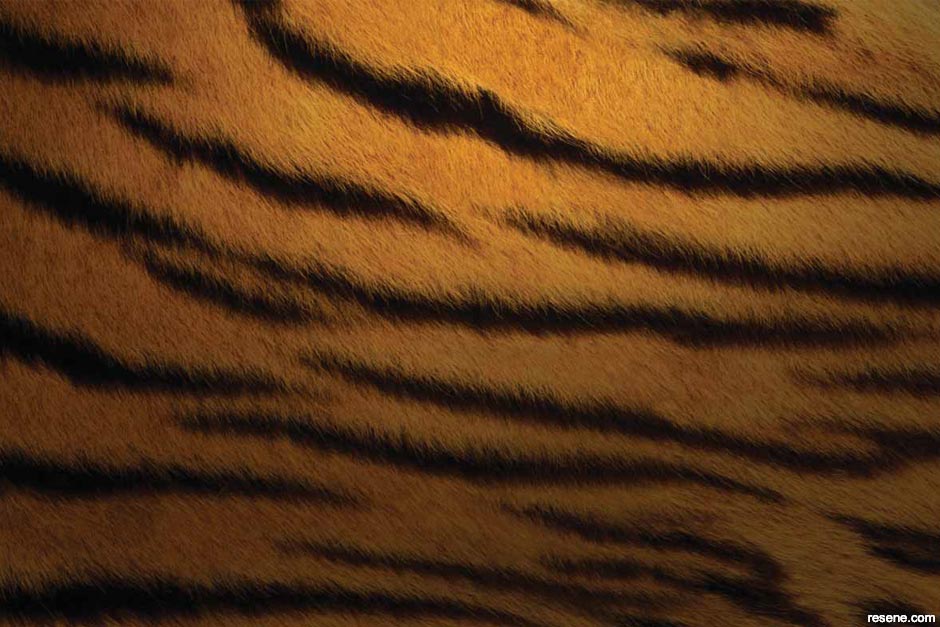
Many people believe that bulls are attracted to red as they will chase the red fabric that Spanish matadors wave around during bullfights. Bulls can’t detect colours so they can’t see the difference between red and any other colour. Bulls will chase moving things so what they are actually doing is chasing the moving fabric because it is moving, not because it is red.
Generally brightly coloured animals can detect colour themselves and their bright colours are often used to warn off other animals or to attract mates.
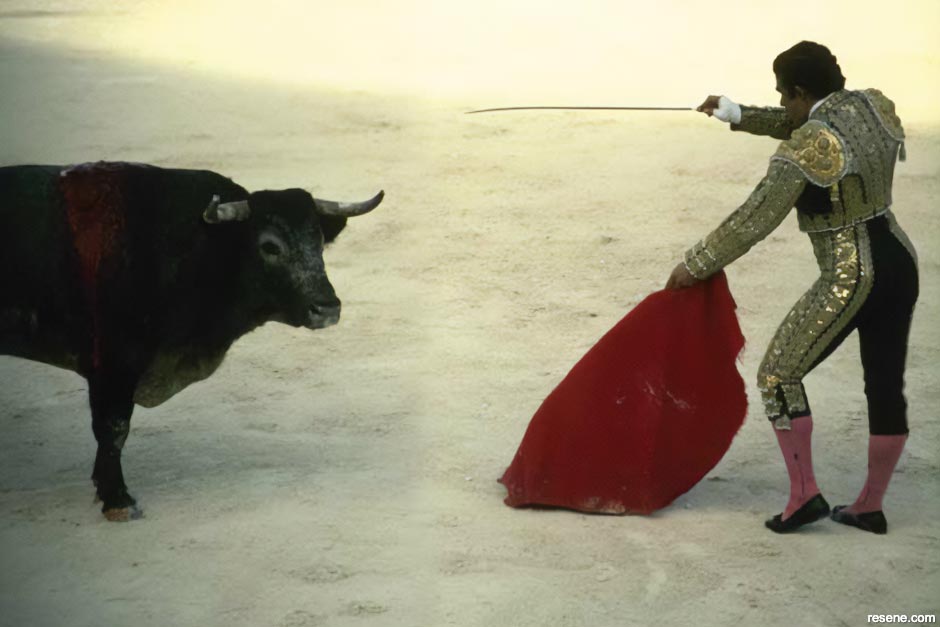
While cats can’t see colour they can see better in the dark than humans can. This is because their eyes are designed to reflect as much light as possible to help them see, which is why cats can walk around in the middle of the night without tripping over things!

What we see

What cats see
When you visit the zoo it can often be hard to see some animals because their coats are very similar in colour to their surroundings. Many lizards and snakes are very hard to see as they are coloured exactly the same as the trees and plants they normally live in.
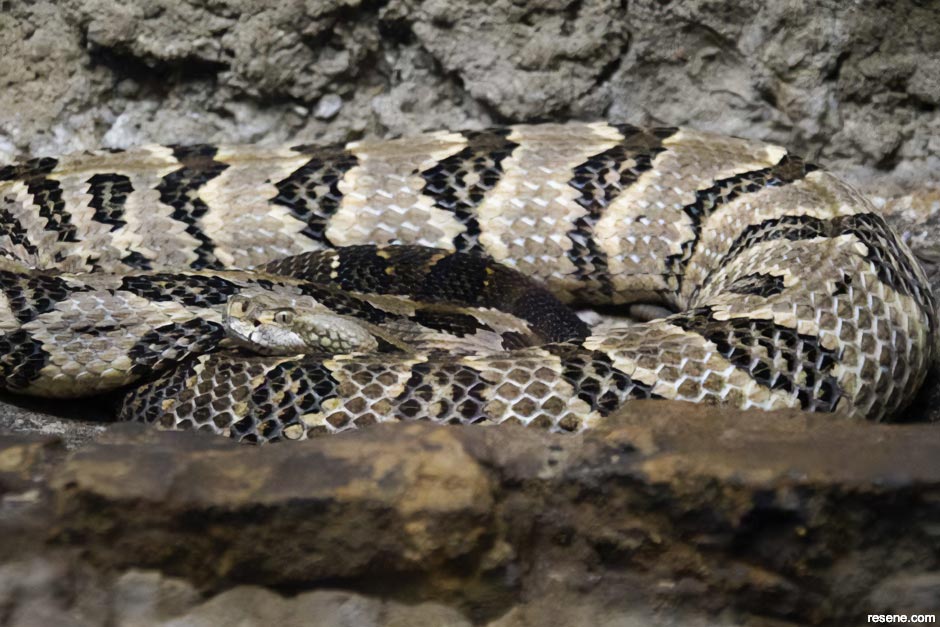
Each animal is coloured the way it is for a reason – some are bright, some are dull and some even change colour. Camouflage is when an animal’s coat is similar to its surroundings helping it to hide or blend in. Polar bears are white because it helps them blend into the snow and ice. Bats are black because they are nocturnal (they sleep during the day and are awake at night) so the black helps them hide at night. Meerkats are light dusty brown as they live in sandy deserts.
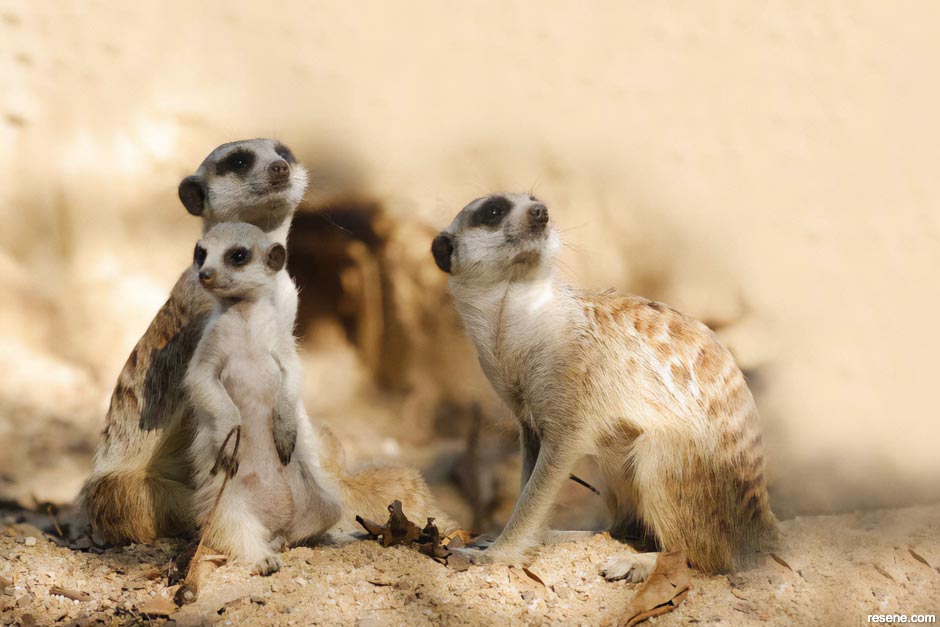
Being able to hide is very important when being chased by other animals. When an animal is hunting, being able to blend into its surroundings means it can sneak up on its prey without being seen.
Chameleons are very good at camouflaging themselves as they can change the size of spots of pigments in their skin to help them match the colours of the bushes and trees they are living in. This makes it very hard for other animals to hunt them. For most animals, camouflage helps them to survive.
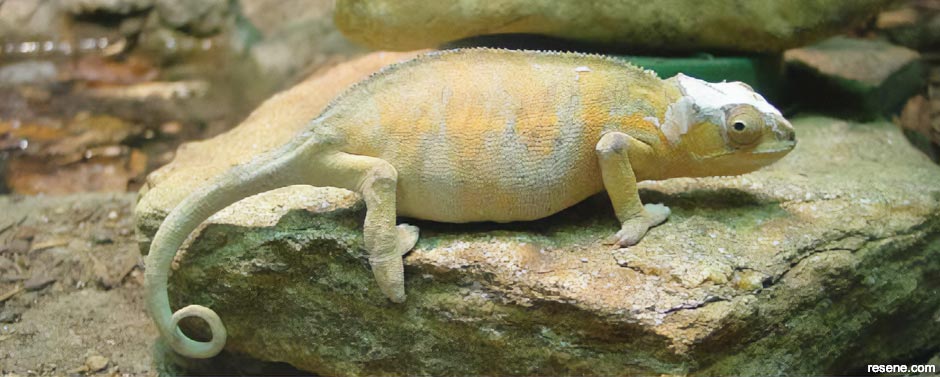
When you see soldiers they often wear clothing that is a mixture of greens and browns with dark face paint. This helps them to blend into the bush so that they are hard to see.
This is an example of humans learning from animals to help them survive.
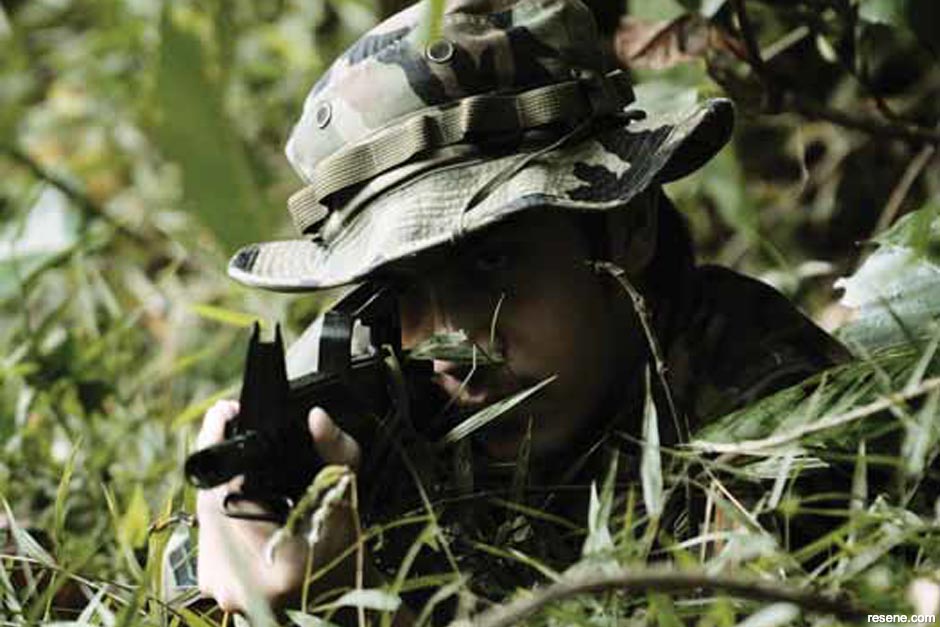
Cut out some pictures of wild animals from magazines and place them onto variously coloured pieces of paper.
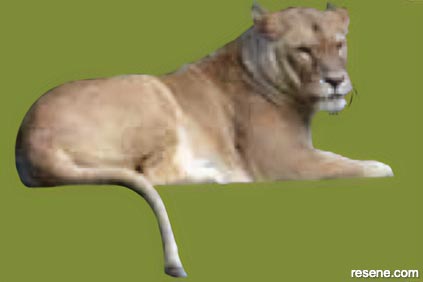
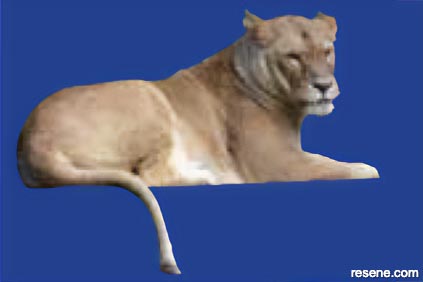
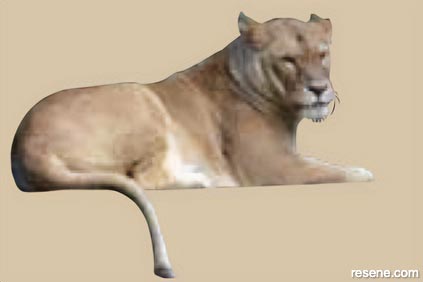
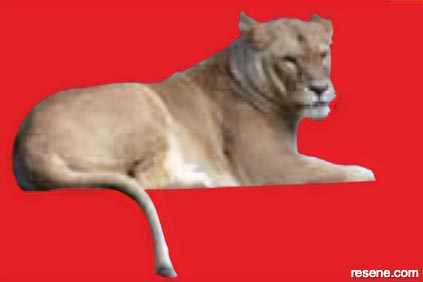
Usually you will find that the animal lives in a place where its coat will help to camouflage it. Find the coloured background that best hides each wild animal. Think about where the wild animal lives and draw in things you would find in its home, such as grass, trees, bushes etc. Does this help the animal picture to stand out less?
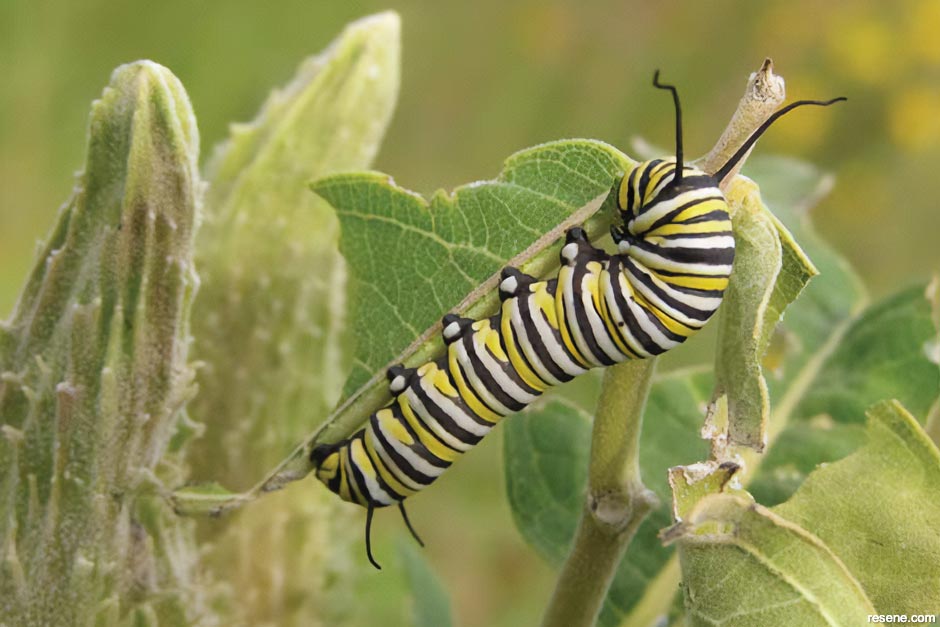
Some animals are very brightly coloured. Sometimes this is to attract mates and sometimes it is to warn off other animals. Many birds have brightly coloured feathers to attract other birds.
The monarch butterfly caterpillar is very brightly coloured and very poisonous to birds. The bright colours of the monarch butterfly caterpillar warns birds not to eat it.
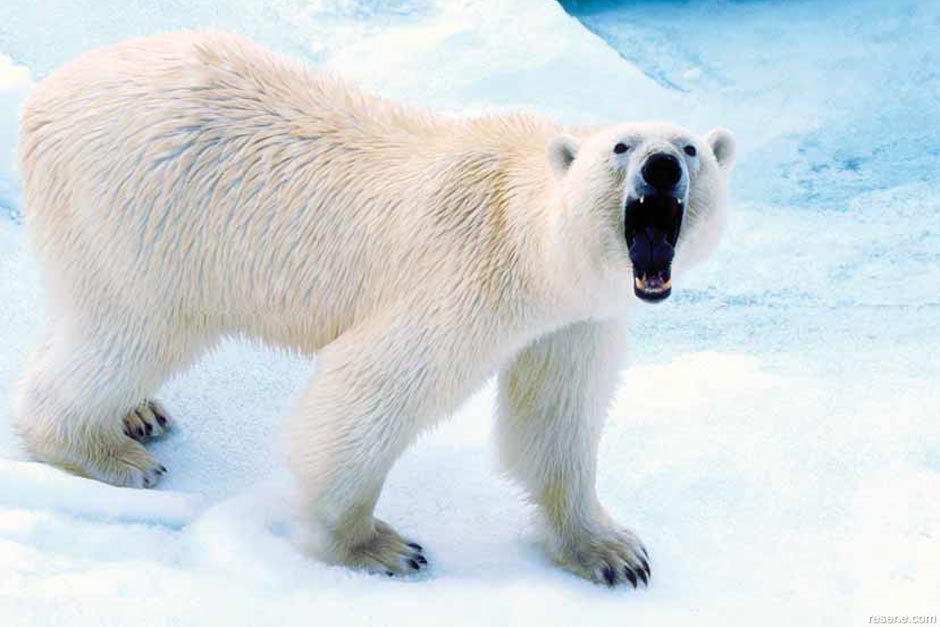
Bumblebees and wasps have nasty stings. They are both coloured brightly to warn other animals to stay away from them.
Many animals also change their coats depending on the season. Even domestic cats get a thicker coat of fur in winter and then lose much of the fur as the weather warms up.
In much the same way some animals change their colour to camouflage better by having white coats in winter if they live in areas that have snow and darker coats in summer.
PDF downloads:
The Resene Everywhere colour series
Learn about colour! The Everywhere colour series is designed for children and will cover lots of things about colour and has projects you can try out for yourself to find out how things work. Colour is magical and lots of fun to experiment with... enjoy!